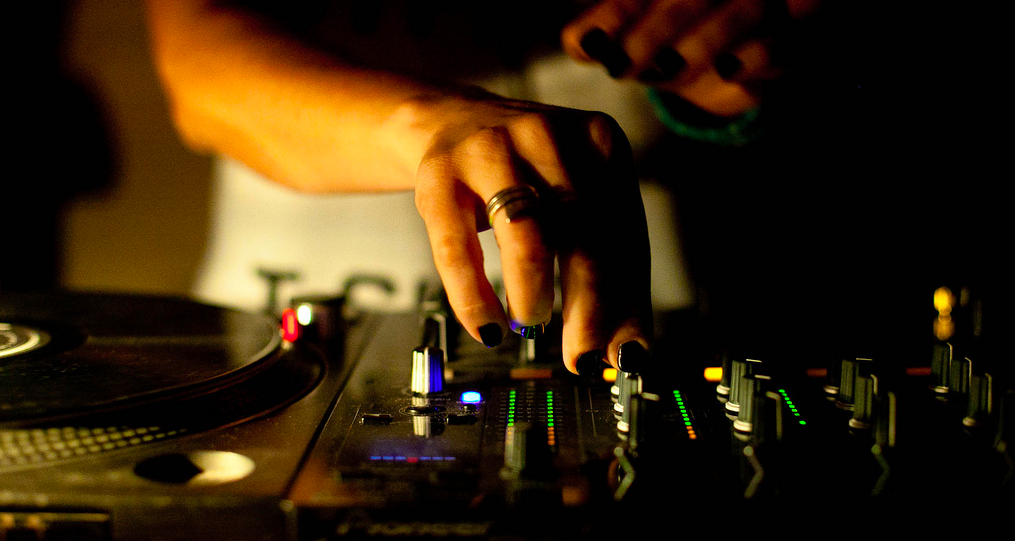The fourth annual Forbes list of highest-paid DJs in the world does not include any femmes, again. The yearly ranking of the twelve top earners in EDM has not once included a woman since its inauguration alongside the boom of the genre in 2012. Of course, this is not exactly Forbes‘ fault, and as list writer Ryan Mac told The Independent, “The actual list measures earning over a 12 month period. There is nothing really subjective about it; it’s really just who pooled in the most money.” List toppers include Calvin Harris at number one by a longshot with $63 million in earnings, Tiësto at number 2 with $38 million, and David Guetta at number three making $28 million.
To save you the scroll, the remainder of the list of 12 includes Zedd making $24.5 million, neck-and-neck with Steve Aoki making $23.5 million, Diplo with $23 million, Skrillex with $20 million, Kaskade with $19 million, Martin Garrix with $16 million, Dimitri Vegas & Like Mike with $15.5 million, Afrojack with $15 million, and finally, Avicii with $14.5 million. While some DJs report inaccuracies with the list, an interview Mac had with Kaskade shows the DJ explaining that the list only causes tension in the industry because “money, for whatever reason, makes something legitimate, and so many people don’t give this world any credit,” that is, until the Calvin Harrises of the world start making inordinate salaries. Kaskade is referring to the way that the rest of the music world tends to look down on EDM artists, but this also applies to women within the EDM world. Without the sizable paychecks of their male counterparts, female DJs struggle to convince the world of their legitimacy.
It comes as no surprise that Forbes‘ grouping primarily consists of white European men. Even as the scene becomes incredibly mainstream and shifts largely from less accessible European vacation destinations like Ibiza to the US — particularly to Las Vegas — the major players’ club of the EDM world has not really opened arms to women, genderqueer people, or even people of color. This issue, as Mac puts it, comes down to booking. Mac estimates that these massive earnings come mainly from “things like a Las Vegas residency where guys can get paid $200,000 per night and they do three or four shows a month.” A paycheck like that allows Diplo to return to LA from Vegas immediately following a show by private jet, but it also means that a disproportionate amount of the industry’s money goes to a few male celebrity DJs.
Mac says that while compiling the list, female DJs and groups were not ignored, but they simply did not make enough to be included in the top twelve. He says, “Nervo was one example. They earned more than $10m this year, but it’s just not enough to crack the top, and they are the highest earning [women].” He continues on to say that Nervo and Krewella, among other female EDM artists, sometimes attain the Vegas residencies that pay the most, but most of the time, those bookings go to men. Even festivals, which hire dozens of artists within the genre, don’t give women the top spots. Mac recognizes that this year, “Anna Lunoe was the first solo women [sic] to headline Electronic Daisy Carnival is Las Vegas and Alice in Wonderland [sic] played the mainstage.” He says, “It’s 2016 and it’s the first time that has happened. That’s bizarre to me.”
The blame, then, really falls on clubs and festivals who are booking these acts. There really are no excuses left. Just as many actors of color are now calling for diversity in main film roles, shutting down the argument that production companies won’t make as much money with non-white leads, festivals and major venues will still make profits with women like Alison Wonderland and Nervo headlining. In the age of Discwoman and It Girl DJs, it’s safe to say that the EDM world can do better.
Credits
Text Blair Cannon
Image via Flickr
